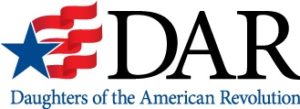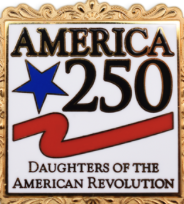Robert Annan
Robert Annan (Annin) was born in 1741, in Hilton of Carslogie, Cupar, Fifeshire, Scotland, the son of Robert Annan and Jean Landales Annan. His theological education was completed at the University of Saint Andrew, and he was licensed by the Associate Presbytery of Perth in 1761. He came to the colonies that year and joined the Associate Presbytery of Pennsylvania. In October, 1762, he received a call from the Marsh Creek and Conewago congregations, in what is now Adams County, Pennsylvania, near Gettysburg. He was ordained and installed there on June 8, 1763.
He married Margaret Cochran, the daughter of William and Sarah Cochran, in 1764 in York, Pennsylvania. They had two sons, Robert Landales Annan and William Annan. She died in 1793, and in 1794, he married Elizabeth Hathorn. They had 4 children.
In 1768, he was assigned to the Associate Reformed Church of Neelytown, New York, and served two congregations, Little Britain and Neelytown, New York. He was the first pastor of the Little Britain Church.
It was known that Mr. Annan was a man “of eminent talents and piety as well as pulpit eloquence” and he, being a “bold and ardent patriot, his exhortations and example were eminently useful and encouraging to his congregation during the period.” In 1776, he led the congregation in sending aid to the patriots in Boston. In 1782, he had the privilege of meeting General Knox and General Lafayette, and also General Washington, who visited Robert’s farm to view the mastodon bones found there. For a time, he served as a chaplain in the Continental Army. On September 25, 1783, he was installed as pastor of the Long Lane Congregation of Boston (later known as the Federal Street church). In 1786, he took charge of the Old Scots’ Church, Philadelphia, where he remained until 1802. Between 1802-1812, he was the pastor of the Associate Reformed congregation in Baltimore, after which he retired to his farm near Andrews’ Bridge, in Lancaster County, Pennsylvania.
During his lifetime, he was very active in the organization and affairs of the Presybterian Church. He helped bring together the two schisms of the Presbyterian church of Scotland, the Covenanters and the Seceders. In 1782, they came together in the United States as the Associate Reformed Church. He was a prolific writer.
On Sunday, November 28, 1819, on his way to preach, he fell from his carriage, and died a week later on Sunday, December 5, 1819 at his home.



